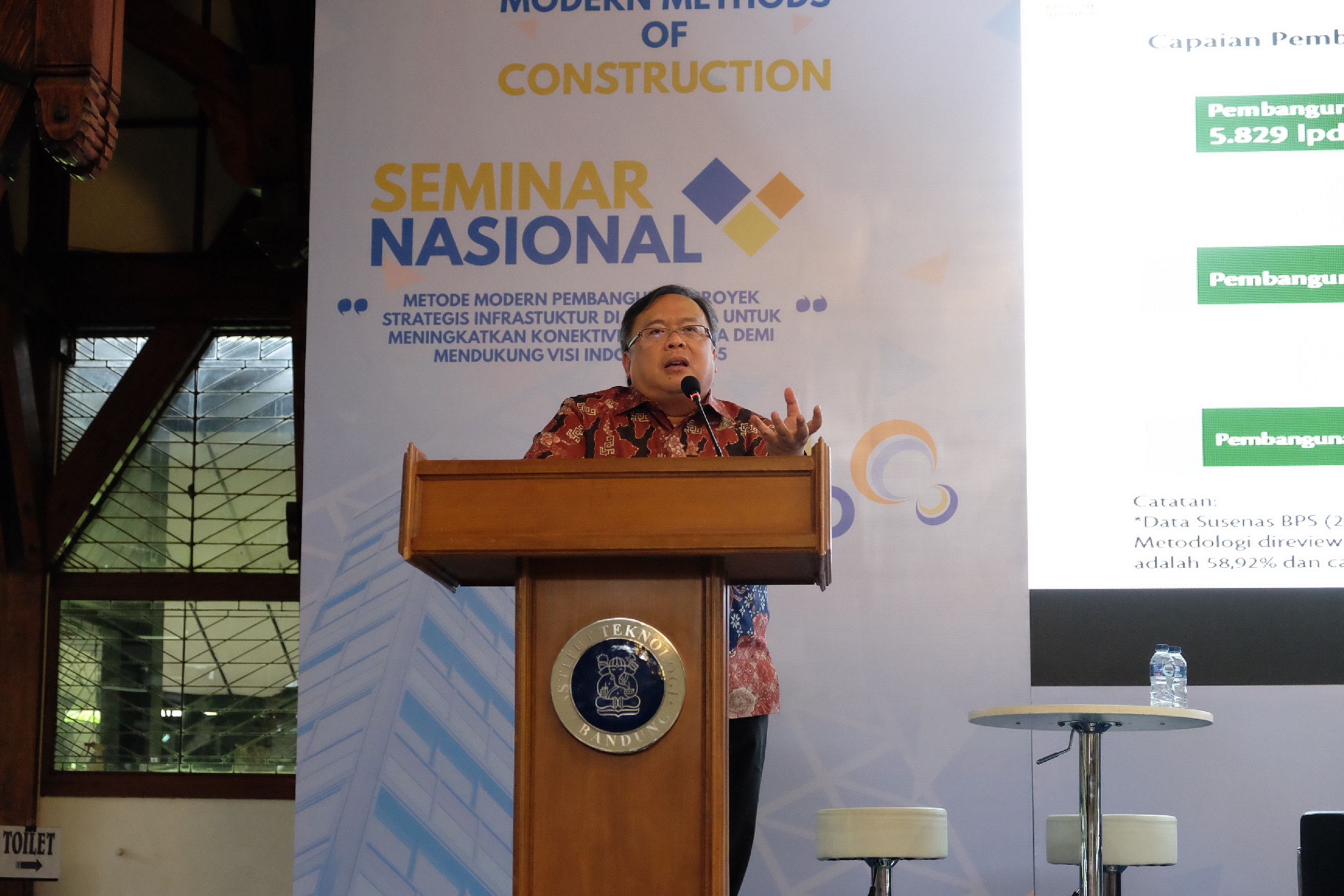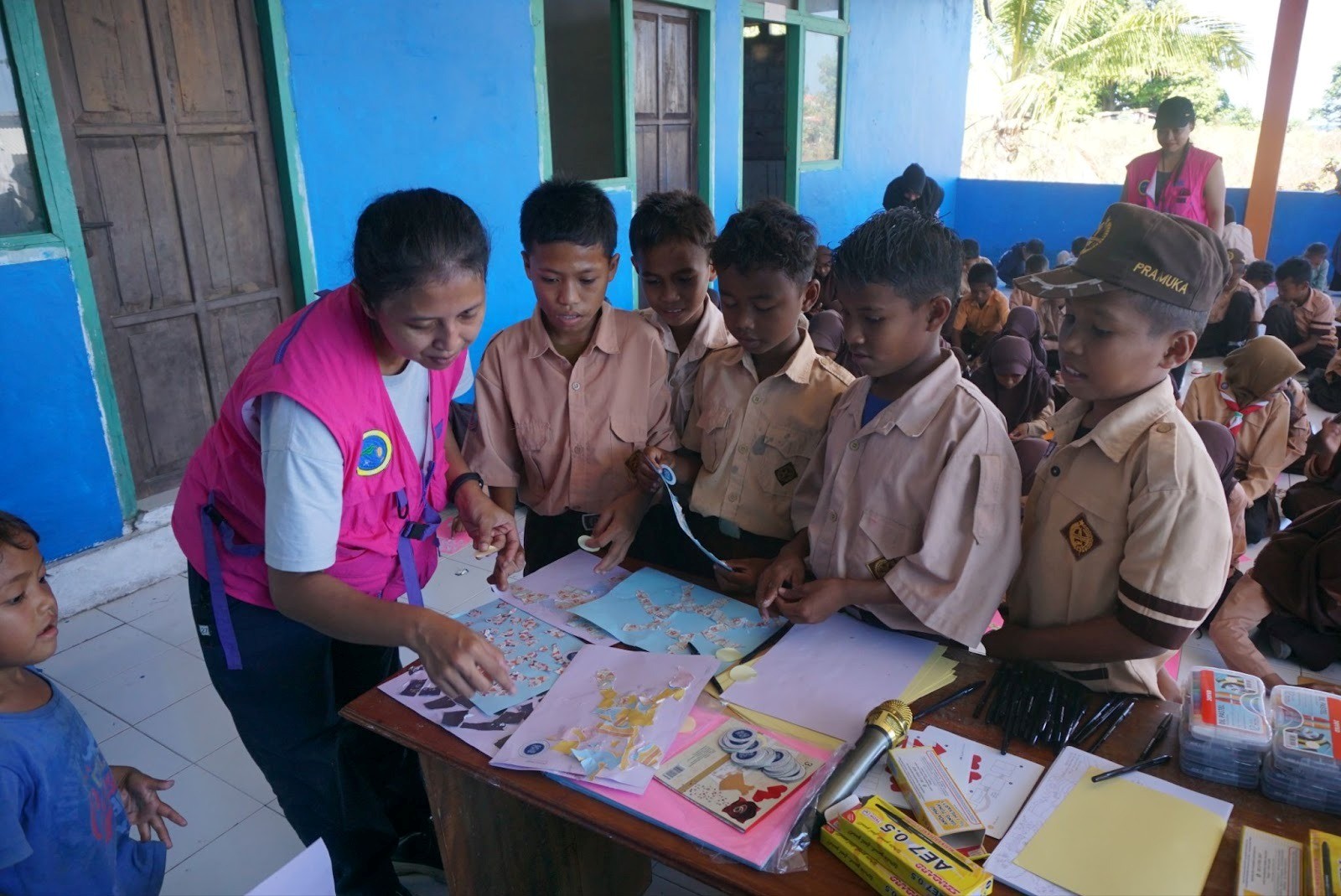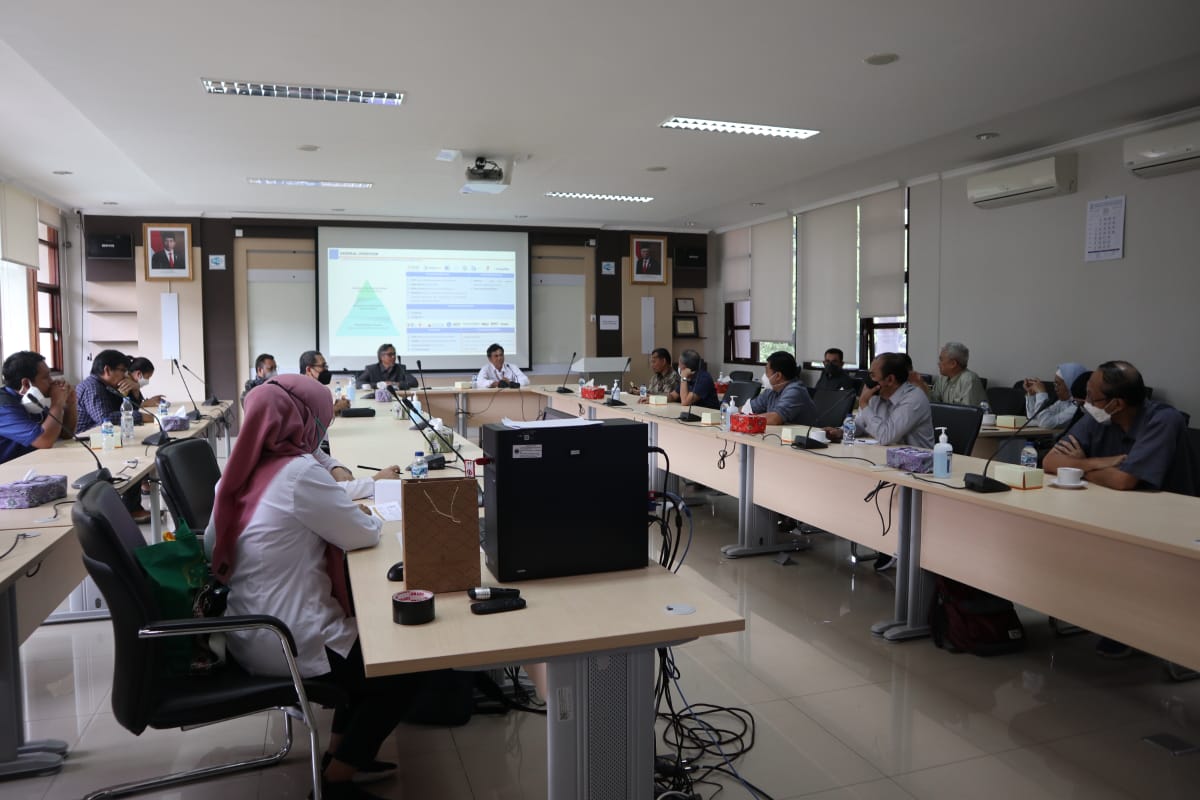ITB Alumni to be the Key to Successful Development of Connectivity Infrastructure in Indonesia
By Adi Permana
Editor Adi Permana

BANDUNG, itb.ac.id – Minister of National Development Planning (PPN) of Indonesia, Prof. Bambang Brodjonegoro mentioned that one of the government’s focuses is to get Indonesia out of middle income trap in 2038. Connectivity infrastructures are significant to achieve that. Connectivity Infrastructure are the infrastructures that can respond to people needs in many aspects.
In terms of clean water fulfillment in Indonesia, he said that the number increases every year. In 2018, Indonesia’s PDB growth reached 5,1%, the sixth highest in the world. He also highlighted the rapid urbanization in Indonesia. Population growth has pushed urbanization and establishment of small and medium cities all over Indonesia. While big cities and urban areas will become mega urban areas. It is expected in 2045 urbanization will reach 73%, meaning 73% of Indonesia people will leave in urban areas.
“In 2035, almost 90% of Javanese population will live in urban areas. The concentration of urban population in Jakarta, Wes Java, and Banten will reach 76 million people and establish Jakarta-Bandung Megalopolis. Therefore, infrastructure is an important parameter to prepare in order to support continuous growth,” he said.
Besides discussing about drinking water access, PDB growth, and urbanization trend, Prof. Bambang also discussed about Indonesia’s achievement and the challenges it faces in urban transport development, connectivity, and integration of regional and infrastructure development. Because Indonesia consists disaster-prone regions, Prof. Bambang asserted the importance of developing infrastructures to minimalize natural disaster impact to nation’s economic stability.
Infrastructure will continuously become the attention in the process of achieving Indonesia 2045. According to Prof. Bambang, Indonesia should follow Japan and South Korea that become advanced nations during demographic bonus. Indonesia is expected to have an even longer demographic bonus than those two countries. “Indonesia should be a developed country before entering the aging population period, a condition where the population of elderlies is dominating and raise significantly,” he said.
According to him, the role of construction is significant in the development of connectivity infrastructure. Indonesia’s archipelagic regions is complicated, unlike India, China, and the USA where the regions are located in one continent and thus demand much simpler infrastructure designs.
He encouraged civil engineering students especially from ITB to be the key to successful development of connectivity infrastructure for Indonesia 20145. “Show that engineering, especially civil engineering in ITB can be the leader in the challenging and full of natural disaster risk infrastructure, and reduce gaps in Indonesia through connectivity infrastructure.
Reporter: Jonatan Kevin Daniel

.jpg)
.jpg)


.jpg)

